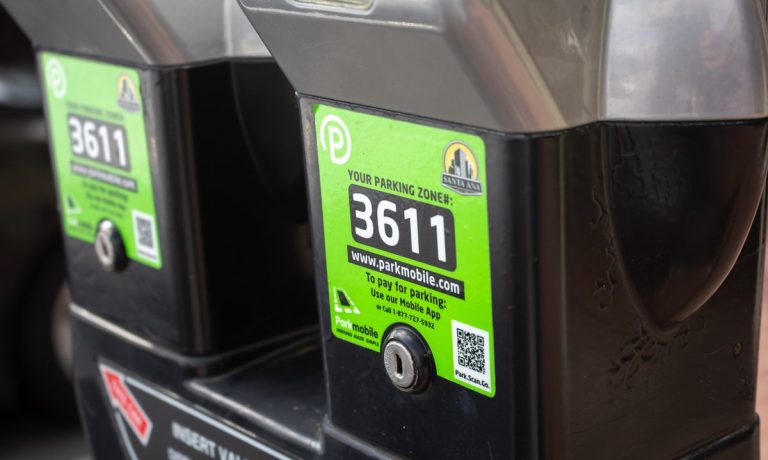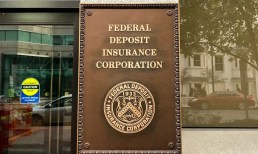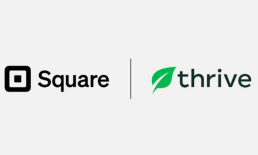Seeking a solution, parking providers and consumers alike have been turning to parking apps. It’s a move that’s been accelerated by the desire for contactless payments during the pandemic.
“The industry is definitely evolving,” David Hoyt, chief revenue officer at ParkMobile, told PYMNTS. “Years ago, a parking app was struggling with 5% or 10% adoption with parking payments on street, and now we’ve got municipalities where that’s 70% or 80% of their parking transactions.”
Consumers Are Catching Up with Technology
ParkMobile provides an app that helps users find, reserve and pay for parking. The company announced in December that it reached 30 million users and added 200 locations in 2021. During the year, it added 8.8 million users — more than the company added in the first nine years after its launch in North America in 2007.
“It’s interesting that the consumer is catching up with the technology,” Hoyt said. “When we come out of COVID, all the metrics are looking that people will continue to pay contactless, they’ll pay with an app, they’ll pay with ParkMobile and, ultimately, you’re going to see that that adoption continue to increase.”
Advertisement: Scroll to Continue
Within the app, consumers can set up payments with their credit card, PayPal and other payment methods. For those who don’t want to download an app, there’s a mobile web solution.
Beyond payments, the ParkMobile app solves other problems around parking. For example, for gated parking, the app enables users to reserve a parking spot. Hoyt said ParkMobile has some clients that are venues that transact 70% or 80% of their parking for an event in advance through the app’s reservations.
A solution like this is particularly important in urban settings, where parking can be the No. 1 pain point for a venue’s customers. When reserved parking is provided, customers don’t have to look for a spot and traffic congestion around the venue is reduced.
“Clients realize that making it most convenient and really breaking down those barriers of purchasing and parking allows for a higher consumer advocacy and more consumer acceptance,” Hoyt said.
Promoting Harmony Between Clients and Consumers
The ParkMobile app also includes a map view that shows the availability of on-street parking. This enables users to decide before setting out for their destination whether they’re going to park on the street or reserve a spot in nearby gated parking.
The app also shows landmarks, such as a coffee shop, so users can more easily find the parking spot; allows them to extend the parking if they’re running later than expected and, for users who have allowed location services, helps them locate their car.
“You’re easily in, you’re easily out, so then it’s a healthy turn of that consumer, getting them in and out of that parking space so the next available consumer can park in that space,” Hoyt said.
By providing these services to consumers and to parking providers of all sorts, the app provides a smooth experience that might otherwise be marred by difficulty finding a parking spot, being stuck in congested traffic or getting a parking ticket.
“We’re so much more than a parking company; we’re truly a mobility company,” Hoyt said. “Ultimately, our goal is to really have harmony between our clients and our consumers.”




